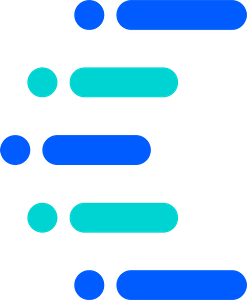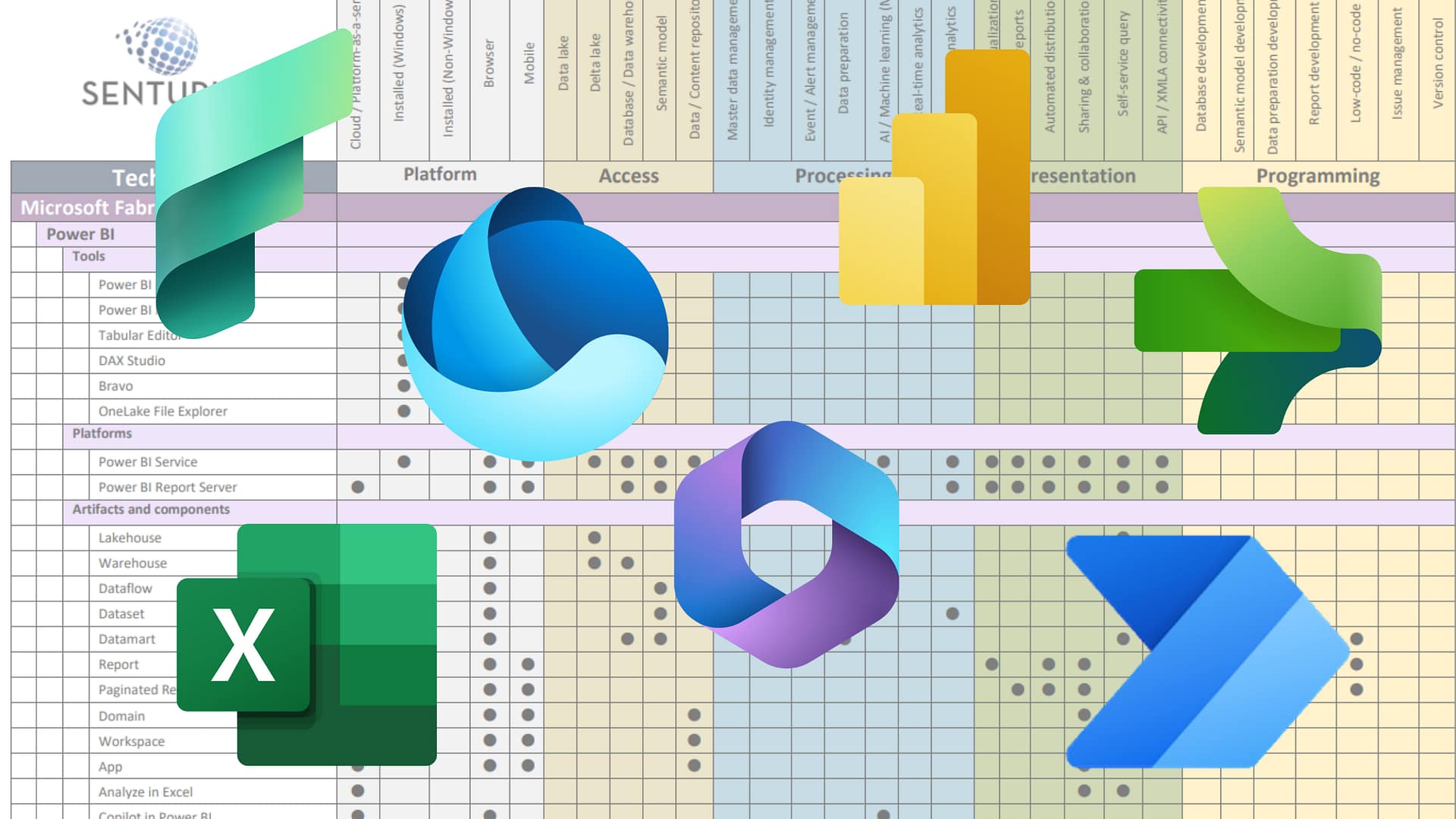Cognos Professional Report Authoring, Advanced
In this course you will learn to
- Create advanced list, chart and map reports
- Develop advanced drill-through reports
- Build reports with advanced conditional formatting
- Design effective prompts
- Get started with the query model
- Use dimensional authoring techniques
- Use standard templates to design complex reports
- Consolidate reports with table of contents and bookmarks
- Use conditional statements and parameters
- Use layout component reference objects
- Use query macros for report-level security
Version
12.x (v11 available for private training)
Included in this course
- Hands-on exercises
- Course manual
Suggested attendees
Experienced enterprise report authors and technical business analysts. Required: beginning/intermediate class or report development experience.
New Features for Experienced Authors is best for those with significant experience with Report Studio authoring.
Course Outline
- Advanced list reports
- Deconstruct the list object
- Create headers, footers and custom group summaries
- Advanced authoring using chart reports
- Create chart reports
- Understand nested and peer chart items
- Examine advanced chart properties
- Prompts and parameters
- Review simple prompts using filtered parameters
- Examine prompt types
- Create a cascading prompt
- Create a self-drilling report that handles no data
- Advanced conditional formatting
- Compare conditional formatting to advanced conditional formatting
- Examine conditionally formatted reports
- Create advanced exception reports
- Conditionally hide or show report objects
- Dimensional authoring fundamentals
- Discuss data sources
- Review a dimensional query
- Discuss report authoring styles
- Advanced queries
- Examine filtering data from two separate queries
- Join queries
- Create set operations (unions, intersects and exceptions)
- Best practices for design
- Create reports using templates
- Effectively use tables and blocks
- Organize report layouts into bands of information
- Examine visual aids
- Add page headers and footer
- Free-form reports
- Use standard templates as a basis for complex reports
- Create layout component references to re-use objects
- Define reports to be used as templates
- Advanced expressions
- Create reports with advanced expressions
- Use query macros and session parameter
- Prompt macros, advanced use of parameters and report-level security
- Use basic parameters to drive report layout and data behavior
- Examine prompt macros
- Restrict access to data based on user attributes
- Create consolidated reports
- Discuss briefing books
- Payments by purchase order and invoice incur a $50 service fee.
- Paying party will receive a payment confirmation email upon receipt of payment.
- Each registered student will receive an email with the course details.
-
Self-paced training subscriptions start when payment is received.
- Students will receive electronic copies of the course materials and may print one hard copy for their personal use. The course materials are copyrighted and any other reproduction or distribution of these materials is strictly prohibited.
Instructor-led online
We recommend using two monitors in order to simultaneously view the training presentation and hands-on class work.
You’ll receive a Zoom link to join the class. We recommend using a headset instead of the computer’s microphone and speakers. You may also listen to the audio by phone.
Self-paced
This class requires access to a Cognos environment and practice datasets. Read more
Instructor-led online
- 100% refund for cancellations made more than 10 days before the first class
- 50% refund for cancellations made 5-9 days before the first class
- No refund for cancellations made less than 5 days before the first class
Self-paced
- Full refund if cancelling within 24 hours of registration
- $15 fee for cancellations after 24 hours of registration
- No refund for cancellations after 15 days of registration
- Shared subscriptions will be immediately deactivated and no refund issued


